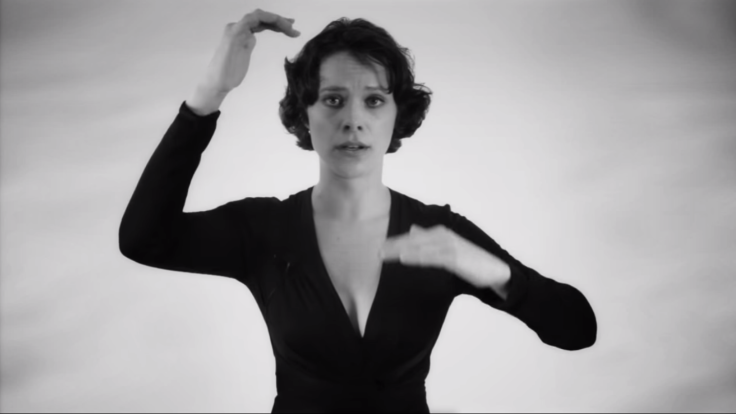Woman's Polyphonic Overtones Show How The Human Voice Can Sing Two Notes At Once

Though it may sound alien, it’s possible to sing two notes at once just with the human voice. One German musician by the name of Anna-Maria Hefele demonstrates that in a new video, and it’s enough to blow your mind.
Overtone singing is believed to have originated in Mongolia, but was prevalent among monks in Tuva (a part of Siberia populated by Mongols), Tibet, Uzbekistan, Kazakhstan, Pakistan, some parts of Northern Europe and South Africa. Hefele’s singing has origins in Tuvan throat singing, in particular a type called Sygyt, which literally means “whistling.” The sound is characterized by piercing, flute-like harmonics that sound similar to whistling. Like many other types of throat singing, Sygyt was inspired by sounds of nature, like bird calls, trickling water, and breezes.
Here’s the thing: The vocal chords are still producing one sound and one overtone that remains the entire time. It’s the careful manipulation of the resonant cavities located in the mouth, larynx, and pharynx that create the second pitch. Being able to “tune” these cavities creates this apparent second tone, which can be changed depending on the shape of your lips, mouth, or throat.
In Sygyt, the singer’s tongue will rise and fall around the gums, behind the teeth, leaving a small hole behind the molars. This sound will then be directed between the teeth to create that second apparent sound of whistling. Sygyt is only one type of overtone singing, which is also known as harmonic singing, or overtone chanting. There are many other types originating from different regions of the world, as this other video demonstrates. In the video, Alexander Glenfield sings seven different styles of overtone singing — each one is chilling, unique, and incredible — making sounds that range from growls to coughs to chants.
It’s not that Hefele or Tibetan monks are prodigies with special vocal chords. The fact is, anyone could learn overtone singing if you let yourself hear the extra sounds in the single one. “There is nothing to produce,” Miroslav Grosser, a German singer with a specialty in overtones, says in a YouTube video. “The overtone is already there. It is a question of perception, of consciousness, of attention.”



























